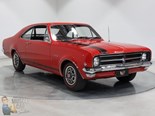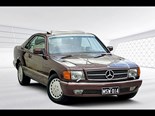Citroen DS21 Decapotable
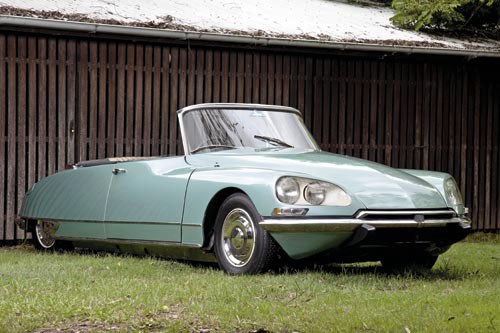 Citroen DS21 Decapotable
Citroen DS21 Decapotable

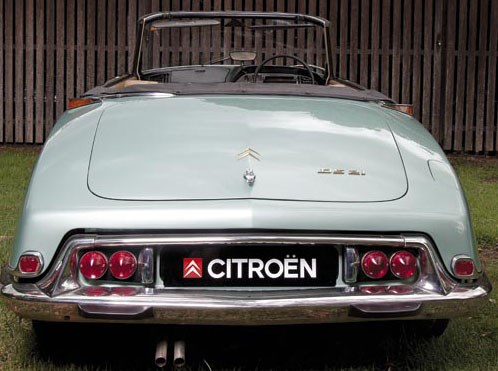 Citroen DS21 Decapotable
Citroen DS21 Decapotable

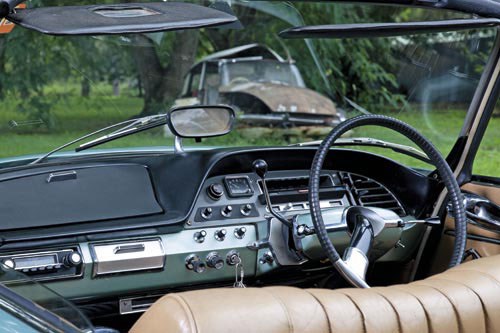 Citroen DS21 Decapotable
Citroen DS21 Decapotable

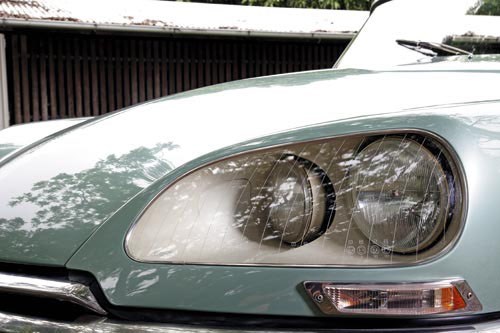 Citroen DS21 Decapotable
Citroen DS21 Decapotable

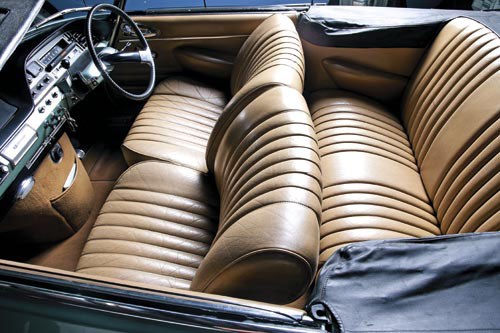 Citroen DS21 Decapotable
Citroen DS21 Decapotable

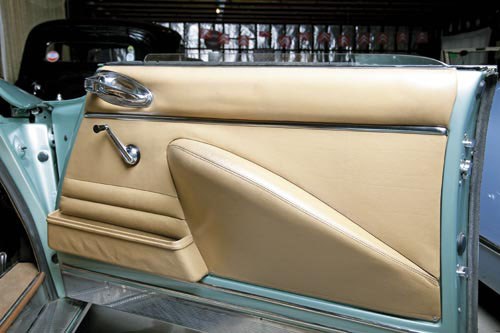 Citroen DS21 Decapotable
Citroen DS21 Decapotable

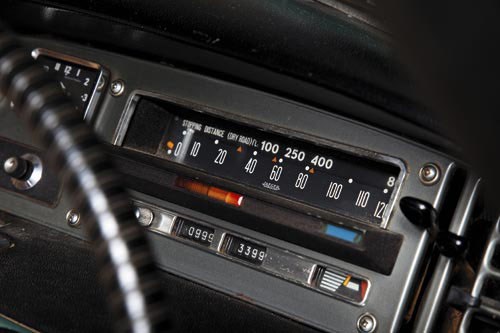 Citroen DS21 Decapotable
Citroen DS21 Decapotable

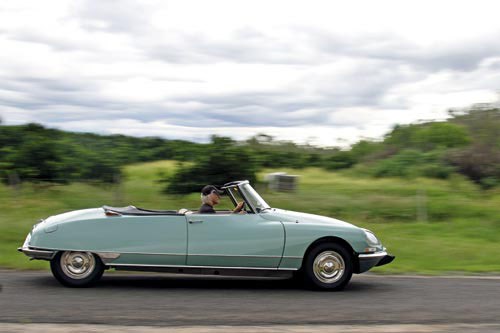 Citroen DS21 Decapotable
Citroen DS21 Decapotable


|
|
Citroen DS21 Decapotable
|

|
|
Citroen DS21 Decapotable
|

|
|
Citroen DS21 Decapotable
|

|
|
Citroen DS21 Decapotable
|

|
|
Citroen DS21 Decapotable
|

|
|
Citroen DS21 Decapotable
|

|
|
Citroen DS21 Decapotable
|

|
|
Citroen DS21 Decapotable
|
Classic metal: Citroen DS Convertible. Once used as a horse feeder, this legendary car is back to its former glory

|
|
Citroën DS21 Décapotable
|
Citroën DS21 Décapotable (1968)
Rumours are tiny mind-worms that burrow into the innermost layers of the sub-conscious to lay eggs of previously unconsidered ideas or actions.
How else can stories of mythical winged horses, Harold Holt being kidnapped by a Chinese submarine, or the existence of a right-hand drive Citroën convertible in a tiny NSW farming town be given any rational credence, if not from the force of a rumour?
Proving that rumours also have a power disproportionate to their size is the fact that Citroën collector, Peter Huth, devoted four years of his life after hearing one word at a national Citroën club gathering.
French for convertible, 'décapotable', was the catalyst that started Huth on his quest for a model that is deemed by many enthusiasts to be the zenith of this French marque.
THE GODDESS
Designed by Flaminio Bertoni and Andre Lefebvre, the DS (or Déesse, meaning 'goddess') was a revelation on debut at the 1955 Paris Motor Show, with 12,000 orders taken in one day.
While it could have traded on looks alone for the 20 years it was on sale, the DS was a technical marvel as well, with self-levelling, hydro-pneumatic suspension and, later, headlights that turned with the steering, marking it a as triumph of French engineering.
French coachbuilder Henri Chapron also took to the charms of the DS and immediately set about putting his personal stamp on the design with a convertible version.
Citroën eventually approved it for production after initial reluctance, probably caused by seeing their fresh new design decapitated.
Chapron was a legendary 'carrossier' who, unlike many of his contemporaries, continued to produce and remodel car bodies after the introduction of monocoque construction consigned many coachbuilders - who relied on traditional body-on-chassis designs - to the history books.
Arguably, it was Chapron's relationship with Citroën that allowed his business to continue until his death in 1978. His wife then ran the business until 1985, producing bespoke presidential Citroën specials and cars for the French elite.
PARIS MATCH
Chapron ID and DS convertibles are becoming the GT-HO Falcons of the European classic market, with examples like Huth and his Citroën collector mate Les Hay's car commanding up to $500,000.
Style plays a large part in the escalation of ID/DS prices but so does the story the car can tell and this DS definitely has a yarn worth spinning.
Australian graziers Tom and Julie Holt were on a European holiday when, strolling down the Champs Elysees in Paris, a DS Décapotable in the Chapron Carrossier showroom caught Julie's eye.
"Can you see what I see?" was all Julie said as they went inside for a closer look at what, in the late '60s, must have appeared like an alien to eyes more used to boxy XR Falcons and HD Holdens.
After talking to the salesperson, the pair met Henri Chapron at his body shop in Levallois-Perret, and placed an order for a right-hand drive DS21 Décapotable in green with a beige leather interior.
Upon delivery, the cabriolet was pressed into service as Julie's daily driver, even playing the role of feed transporter for animals at their farm at Urana in country New South Wales.
The story goes that Julie used to drive to town to buy bales of hay, which were carried back to the farm in the capacious boot of the cabriolet. Upon arrival she would open the boot and horses would feed directly from the back of the Citroën.
The history of this car with the Holts is vague but after the passing of her husband, Ms Holt retired the Citroën to a garage where it stayed covered by a sheet for nearly a decade.
The car remains much as it was when new, with very little work done to it besides a respray in the original colour. This uncovered stampings on the end of the doors and chassis, which mark it as a matching-numbers car.
The odo reads 34,000 miles, which Huth attests to being accurate as the drivetrain is in excellent condition, as is the completely original interior.
The latter gave photographer Nathan a nasty rash after he sat on the back seat, possibly an allergic reaction to hay!
The only non-original item seems to be the cross-flow radiator, which was included to allow air-conditioning when Julie owned the car.
One of 1219 DS Décapotables manufactured with Citroën consent, this vehicle was the only DS cabriolet sold through the Citroën dealer network in Australia and is believed to be one of only two late-model cabriolets the factory made in right-hand drive.
THE THRILL OF THE CHASE
While that magic word 'décapotable' had a profound effect on Huth, the four years he devoted searching for the DS21 consisted mostly of waiting for the owner to finally agree to sell the car.
Finding the car took two years but convincing Ms Holt that he was the best caretaker for it took yet another two years.
"I first heard a rumour about the existence of a DS21 cabriolet at a national Citroën rally in South Australia and that another party was trying to acquire it," Huth says.
He was told the general location of where the car was believed to exist, but with the area encompassing Griffith (population around 15,000) and outlying towns, it would prove a large area to cover.
After organising time off work, Huth and wife Pam ventured to Griffith to start the mammoth job of finding his unicorn.
Being the late-1980s meant there was no internet or mobile phones to help his search, so it was down to good old-fashioned, door-to-door canvassing and following any leads that arose.
"I knocked on every business house in Griffith, talked to the police and placed ads in the local newspaper but drew a complete blank - just nothing at all."
Huth was deflated but not defeated and continued to follow up leads by staying in touch with contacts through a local payphone and pockets of 20-cent pieces.
"Eighteen months into it I really started to doubt that the car existed. I couldn't find anyone who knew anything about it or if the car even existed," Huth says.
It was about this time that he went to Brisbane Citroën dealer and winner of the 1974 World Cup Rally (in a DS, of course) Jim Reddiex, who was able to confirm Peter's long-standing hope that the car indeed existed.
Reddiex knew this as the car that had passed through his dealership to be delivered to the Holts in the late 1960s, but Reddiex only had the surname and no other information on his books.
Armed with this new knowledge, Huth called every Holt in the Griffith phone book only to draw another blank.
He now knew the car was out there and he had a surname which, with further research, led him to the fact that the Holts were a farming family. Huth began calling around graziers in the area and struck gold almost at once.
"I asked one grazier if he knew Tom Holt who drove Citroëns and he said, 'Old Tom died a while back'. My heart sank but then the guy said, 'His wife is still about though' and gave me the phone number," Huth reminisces, "I couldn't believe it."
While he had contact details for Julie Holt (which had been listed under a company name), it would be two years of written correspondence and payphone calls, as well as competing with another collector, before the DS would be his.
Huth's persistence finally paid off and four years after hearing the rumour, he and Les travelled to Urana to take possession of the goddess, much to the chagrin of the competing party who had been trying for a much longer time to secure the car.
ST PETER DOESN'T DRIVE
Probably the most remarkable part of this Décapotable saga comes as we stand some 20 years later at Huth and Hays' 'La Maison De Citroën' collection in Gayndah, Queensland, watching Hay drive the car up the road for photography.
I ask Peter if Les is in the habit of purloining the keys to his favourite car in the collection.
"I've never driven it, I just love looking at it," is the almost unbelievable reply. "It was never about the money, it was really about the looks of the car. I often wonder how we were so lucky to get a car like this," he muses.
Spending four years tracking down and buying a car reeks of monk-like patience, but the altruism of letting your mate be the only one to drive it proves Huth has either completely lost the plot or is a saint awaiting canonisation.
Having achieved the miracle of putting one of the all-time great Citroëns in his shed, we definitely think it's the latter.
SPECIFICATIONS
1968 Citroën DS21 Décapotable
ENGINE: 2175cc 4cyl, OHV, 8v
POWER: 88kW @ 5500rpm
TORQUE: 164Nm @ 3000rpm
GEARBOX: 5-speed manual
SUSPENSION: Pushrod operated hydro-pneumatic dampers (f); trailing arms,
pushrod-operated hydro-pneumatic dampers (r)
WEIGHT: 1300kg (approx)
0-100km/h: 11.2sec
TOP SPEED: 187km/h
Unique Cars magazine Value Guides
Sell your car for free right here
Get your monthly fix of news, reviews and stories on the greatest cars and minds in the automotive world.
Subscribe

.jpg)

.png)
